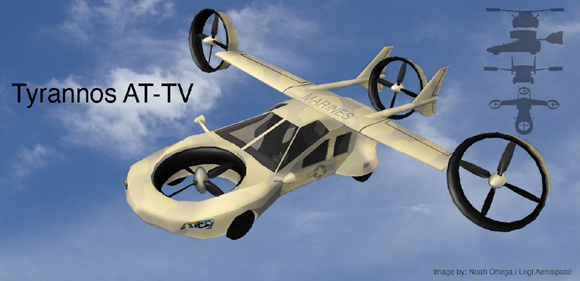In Popular Mechanics, Erik Schechter talks about the most recent DARPA work on power-assisted suits for soldiers in the field:
The Army doesn’t have an Iron Man suit. Yet. But the Defense Advanced Research Projects Agency (DARPA) Warrior Web program is a step closer to developing a soft, low-powered exosuit that will augment the physical capabilities of soldiers. Worn under the uniform, the proposed suit will allow troops to carry 100-plus pounds of equipment without risking the joint and back injuries that typically accumulate in the field.
The Warrior Web program, which is also supported by the U.S. Army Research Laboratory (ARL), just wrapped up its first phase in which it tested exosuit components in the lab and the outdoors, says Mike LaFiandra, Dismounted Warrior Branch chief at ARL’s Human Research Engineering Directorate. In their next step, engineers will test how various pieces developed by different program participants perform when integrated into one suit. Basically, DARPA is “looking for performers to pair up and say, ‘We’re going to pair up this ankle with this knee’ and come up with a system that they bring here to evaluate,” LaFiandra says. That will take 18 to 24 months.
That first phase involved nine prototypes. By Phase II, the program was down to six, including entries from the Harvard University’s Wyss Institute, Ekso Bionics (now a subsidiary of Google), and Arizona State University’s Human Machine Integration Laboratory.

 The agency had not responded to a request for comment at the time of publication, and has not yet announced the appointment publicly.
The agency had not responded to a request for comment at the time of publication, and has not yet announced the appointment publicly.


